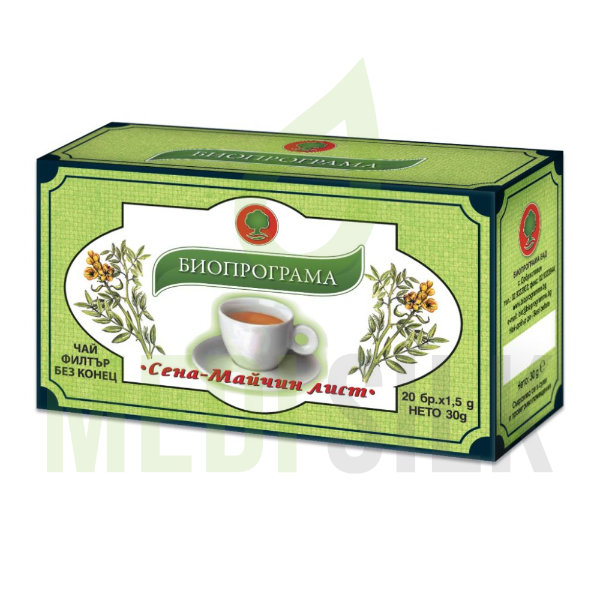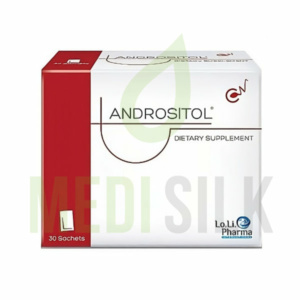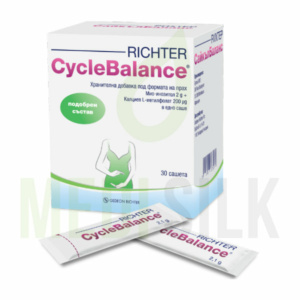Description
Latin name: Folium Cassii angustifolia Vahl or Folium Sennae
Description: Small shrubs, up to 1m tall. The leaves are compound, pinnate, 2-3 cm long; flowers are yellow, in inflorescences. Cultivated.
Chemical composition: The leaves contain anthraquinone glycosides – sennosides A, B, C, D, rhein and aloe-emodin, flavonoids kaempferol and isorhamnetol, mucilaginous substances, resinous and bitter substances.
Purpose:
Constipation: The main active ingredients in the herb are sennosides, which stimulate bowel movement. Due to this laxative effect, senna leaves are most commonly used for constipation, hemorrhoids, anal fissures (the mild and painless laxative effect also makes it suitable for children).
Usage: Decoction, 1 teacup 1 hour before meals – preferably in the evening before bedtime. The effect usually occurs 4-5 hours after taking the decoction.
Preparation: Boil 1 tablespoon of leaves in 300 ml of water for 5 minutes. Strain after cooling.







 Shop Feed
Shop Feed


